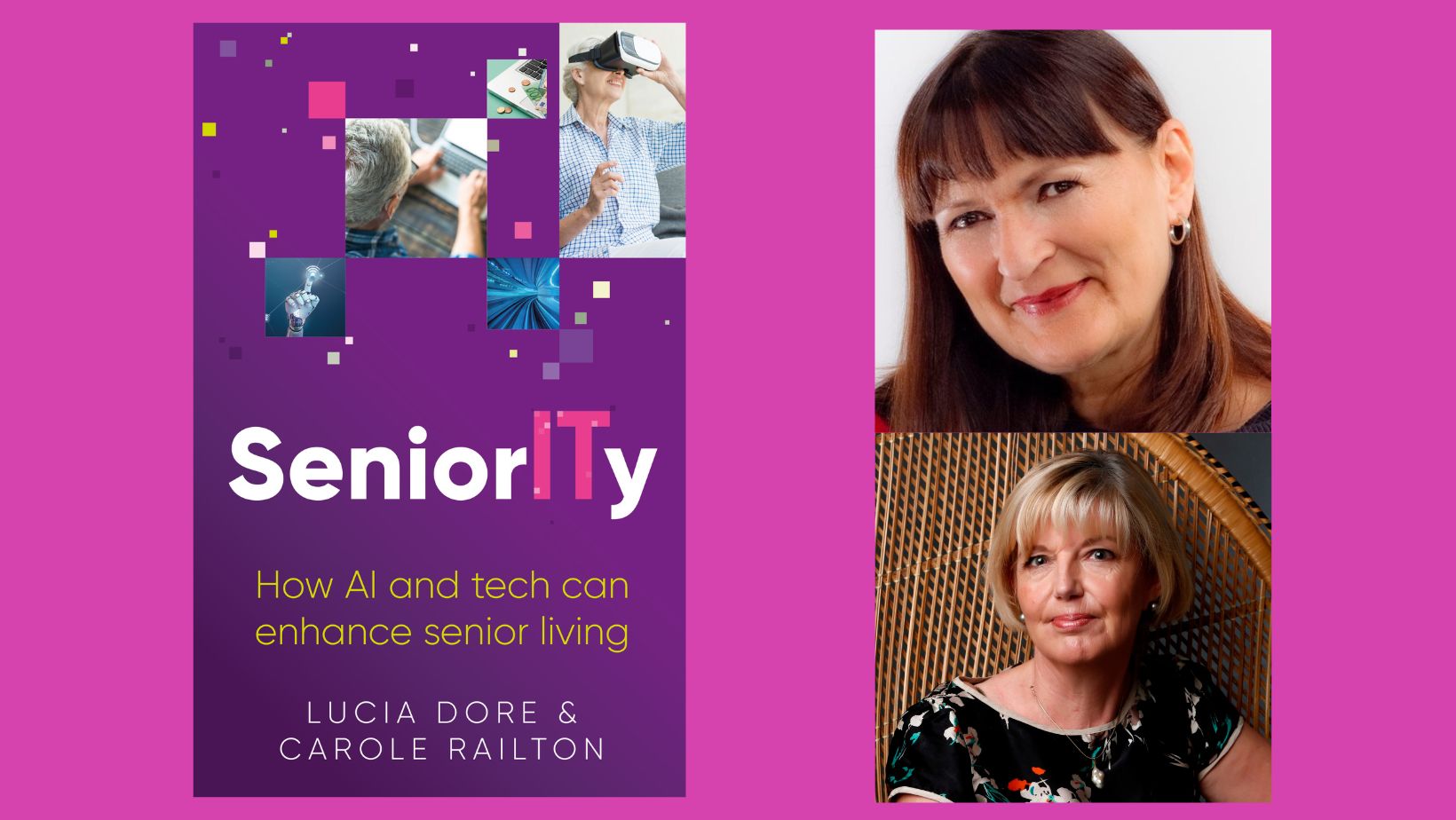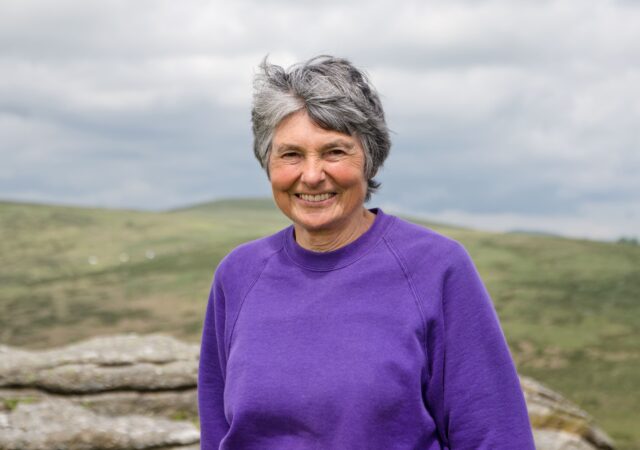In this article, Carole Railton and Lucia Dore, authors of SeniorITy will expand upon the ways AI in healthcare can aid senior independence.
As a result of technology—AI-powered gadgets in particular – seniors are in a better place than ever before to maintain their health and safety. Technology—from tracking devices to smart refrigerators and convection cookers—is increasingly enabling seniors to look after themselves and caregivers to look after seniors, whether it is used in retirement villages, care homes or traditional homes across the world.
Healthcare incorporates telemedicine: smart platforms that integrate electronic medical records (EMRs) and health records, as well as everything else that makes it easy to monitor health, with AI and analytics.

Empowering Seniors to Stay Healthy
AI is developing quickly. It will become ever smarter and be able to analyze an increasingly large amount of data, but most advancements will happen in developed or rich societies. In these societies, AI will be used more and more in healthcare for seniors, especially in the residential care sector. Several factors could drive this, such as a shortage of caregivers, an aging population and families wanting their senior members to stay in their own homes for as long as possible. Eldercare bots, mental-health bots and companion bots are all already in use and are developing all the time.

In Hospitals
Since the turn of the century, the enhancement of medical care has come on in leaps and bounds. Even the sickest of people can live longer than they once did. AI and robotics are transforming healthcare, ensuring that people stay healthy into their senior years, reducing the need for hospitalization and care homes. Hospitals have ever more sophisticated equipment for monitoring the heart, the chest, blood pressure and many other things. Robots can support seniors in managing illness and injuries via sensors on the body. For example, AI devices are evolving that can predict and prevent falls. If seniors feel secure in the knowledge that help will arrive whenever they need it, they can be confident about living alone.
The Rise of Chatbots
At the simplest level, AI chatbots at home can help patients keep on top of care plans. These AI applications remind seniors when to take medication, keep doctors’ appointments, even when to eat, which helps in removing the anxiety and confusion that many older people face. AI-powered social robots provide a level of companionship for lonely seniors, who may form a relationship with chatbots.

Retirement Villages
The use of AI applications in communities such as retirement villages is having a profound impact on many lives, with equipment to monitor everyday activities. For example, in a retirement village in Queenstown, New Zealand (where Lucia lived for a time), a dependent senior can wear an AI-powered monitor chain that assures their carer and family members that they are where they’re meant to be and that all is well. If a senior behaves unusually or something untoward happens, the AI monitor calls an ambulance. If the monitor is unplugged, a person in another part of the country promptly tells you to plug it back in. The assumption is that people in the villas can do this themselves and do not have a carer.
The Use of Telemedicine

Telemedicine will likely become part of all medical treatments. It has not only made it easier than ever before to get medical prescriptions (see the case study later in the chapter), but it can deliver different types of teachings for a healthy life. For example, it can recommend exercises to improve posture. Our posture is changing with technology.
All these developments make it easy for seniors to live independently or for caregivers to know their charges are safe.
This is an adapted book excerpt from SeniorITy by Carole Railton and Lucia Dore

About the Authors
Lucia Dore, who lives on the South Island of New Zealand, is a financial and business investigative journalist and editor with many years of experience in print and online media, working worldwide. She is also a researcher, communications professional and co-founder of Behavioural Shift. In 2015, she completed a documentary film entitled “Stepping Up: NZ’s response to the refugee crisis”.
Carole Railton FRSA is a global body-language specialist who previously worked for IBM in Zambia, DataPoint (USA and UK), and Xerox (UK and the Middle East). Now she works as a global body-language consultant with international organisations, showing them how to communicate with clarity and impact using modern body-language behaviours. Ranked tenth in the world of global body-language consultants, Carole has worked with KPMG Singapore, IBM France, Google London, and CFEO Nigeria.




